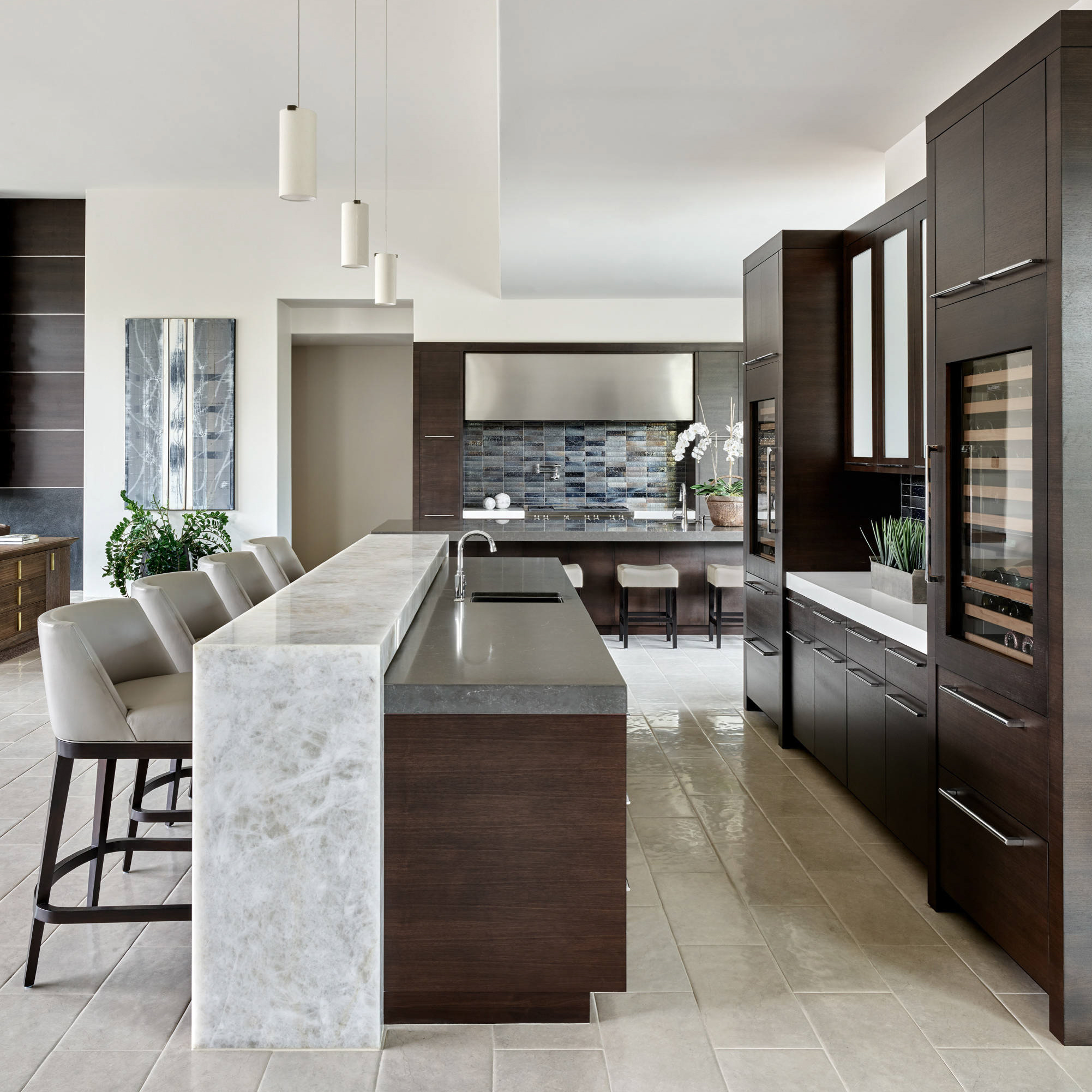Introduction
The lighting industry is constantly evolving and innovating, and one of the latest trends is the floating bulb. This unique lighting concept challenges traditional lighting design by creating an illusion that the bulb is floating in mid-air. With the use of advanced technology, the floating bulb is paving the way for new possibilities in lighting design, and in this article, we will explore its potential.
What is a Floating Bulb?
A floating bulb is a light fixture that uses levitation technology to create an illusion that the bulb is floating in mid-air. This effect is achieved through the use of powerful magnets that create an electromagnetic field that levitates and stabilizes the bulb. The power is transmitted wirelessly to the bulb to illuminate it, and the result is a stunning and unique lighting fixture.
Advantages of a Floating Bulb
One of the main advantages of a floating bulb is its aesthetic appeal. The illusion of a floating bulb creates a futuristic and sophisticated look that adds a touch of elegance to any room. Another advantage is the versatility of its design. Floating bulbs can be incorporated into a variety of interior styles, from modern to traditional, and they come in different shapes, sizes, and materials, providing endless possibilities for customization.
Moreover, floating bulbs are energy-efficient and eco-friendly. They consume less electricity than conventional bulbs, and they last longer, reducing the need for frequent replacements. They also do not require any wires or cables, eliminating the need for drilling holes in walls or ceilings and making the installation process easier and quicker.
Potential Applications
The potential applications of a floating bulb are extensive. They can be used as a statement piece in a living room, a reading light in a bedroom, or a decorative fixture in a dining room. They are also suitable for commercial spaces such as hotels, restaurants, and bars, where a unique and striking lighting design can enhance the ambiance and attract customers.
Aside from being a decorative aspect, floating bulbs can also have practical uses. They can be used as a night light in a child’s room, or as a task light in an office space where the user can adjust its angle and height to suit their needs.
The Future of Lighting Design
The floating bulb is just one example of how lighting design is evolving and pushing beyond the boundaries of traditional design. The use of advanced technology is opening up new possibilities for innovative and sustainable lighting solutions. As consumers become more aware of the environmental impact of their choices, the demand for energy-efficient and eco-friendly lighting options is increasing.
Moreover, as the world becomes more connected and reliant on technology, lighting systems are becoming integrated with smart home technology, allowing for customizable and automated lighting designs. The future of lighting design is exciting and full of possibilities, and the floating bulb is just the beginning.




